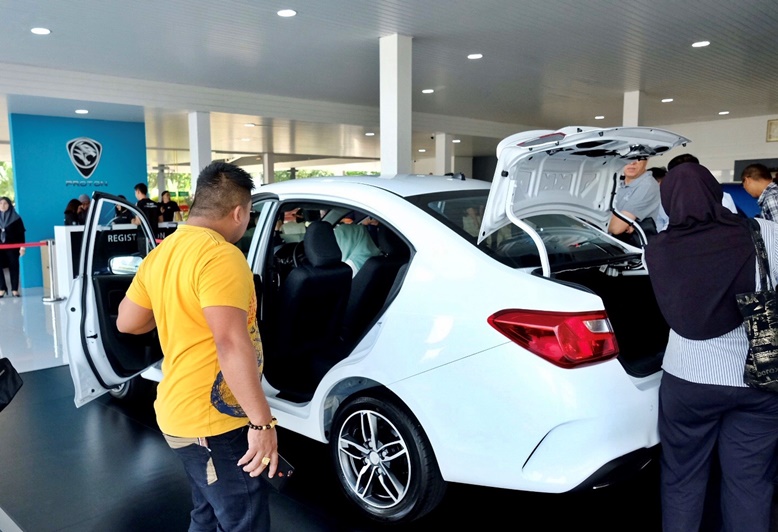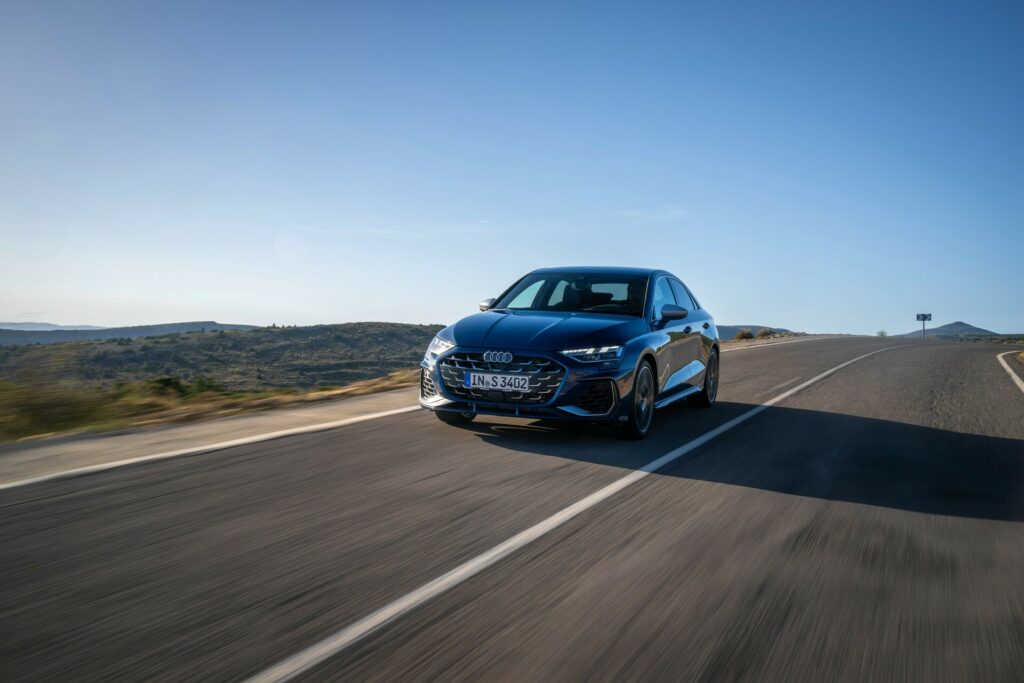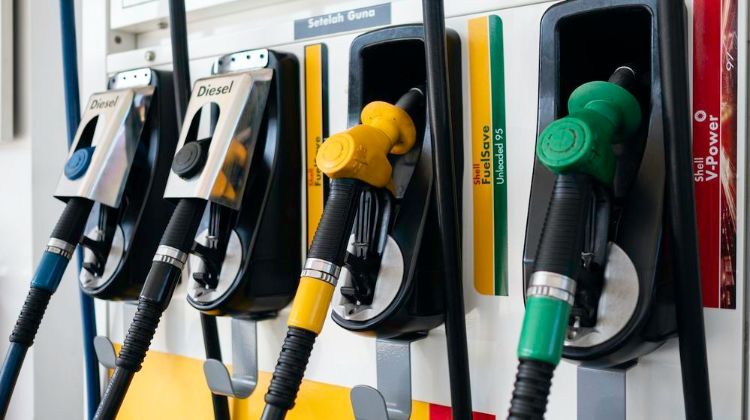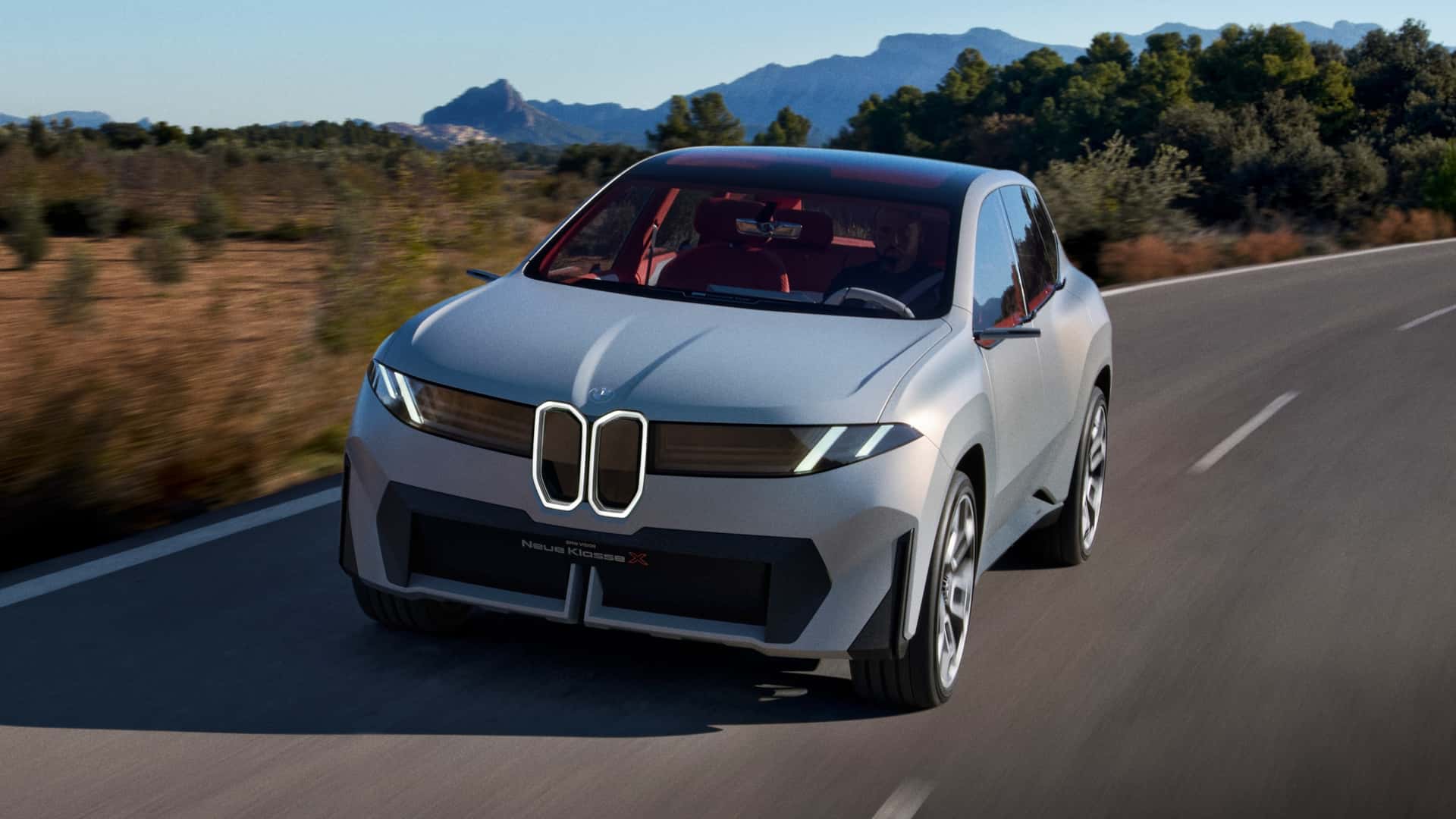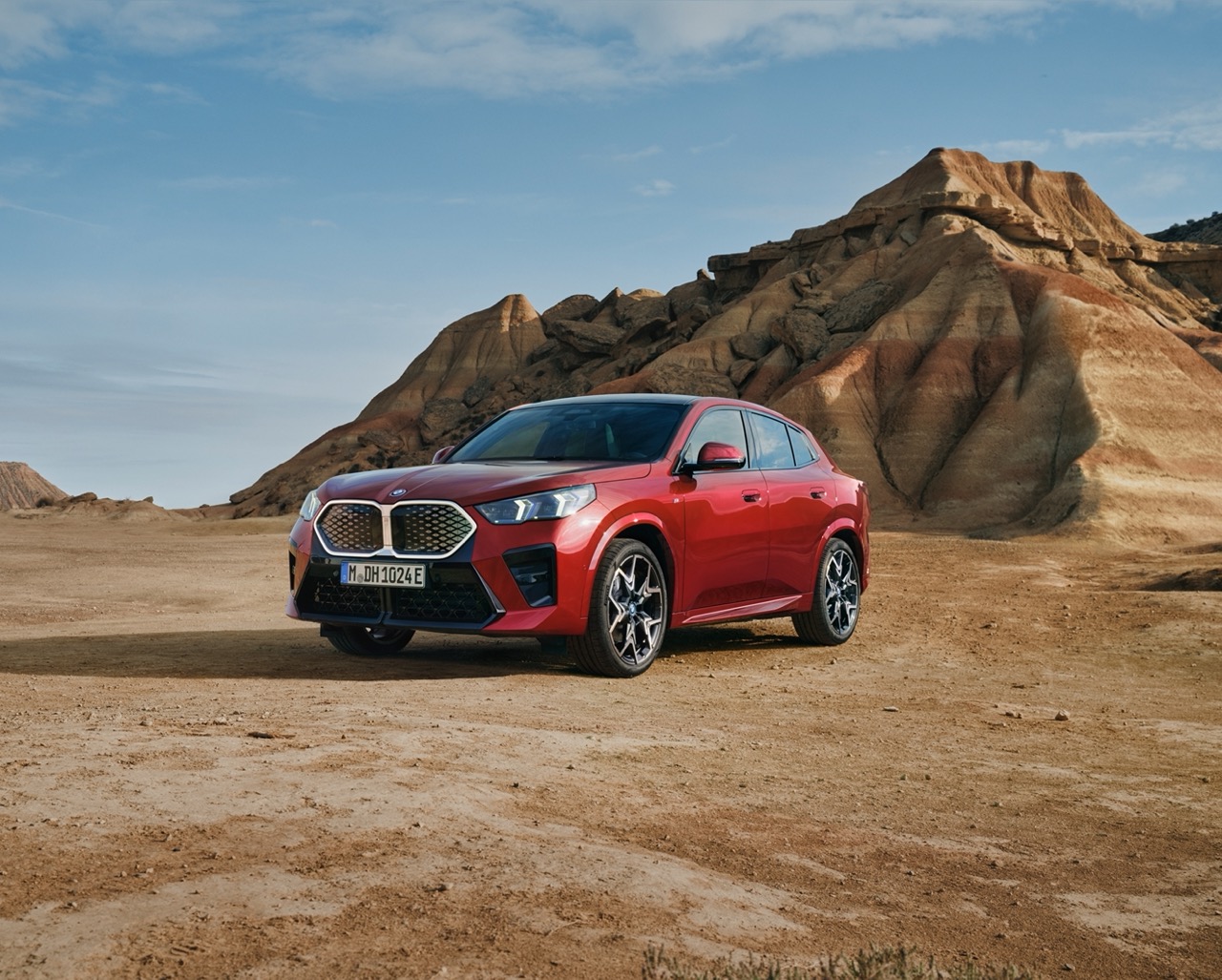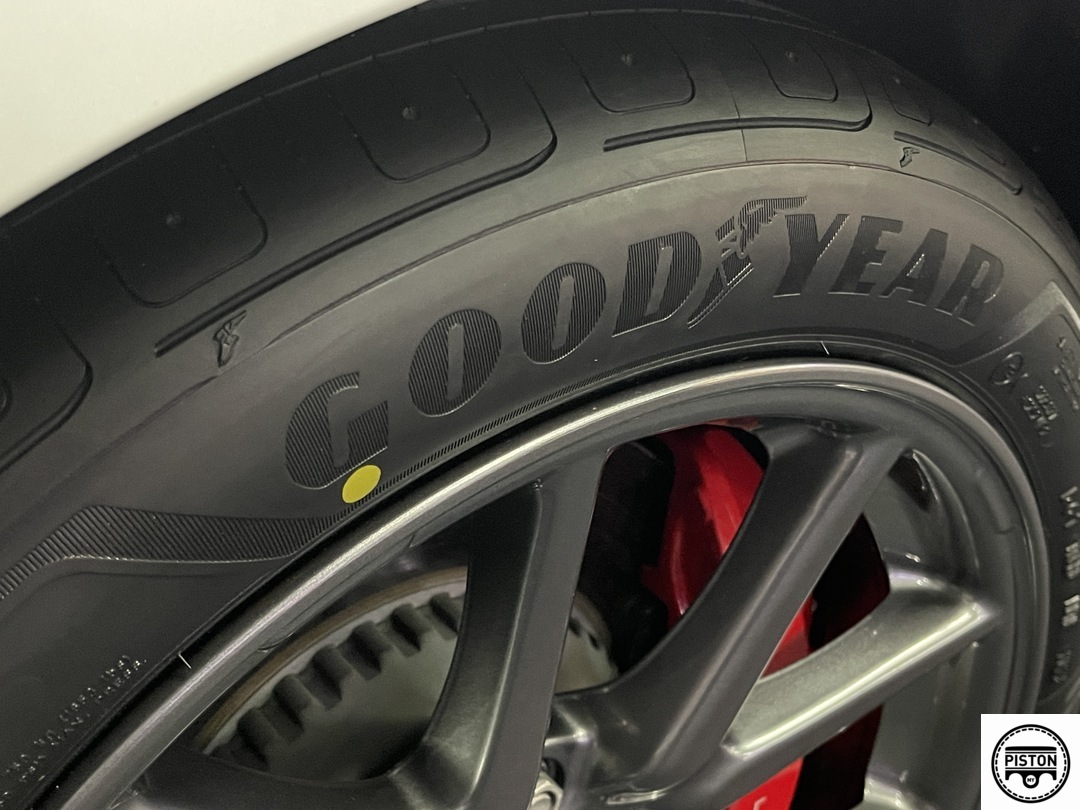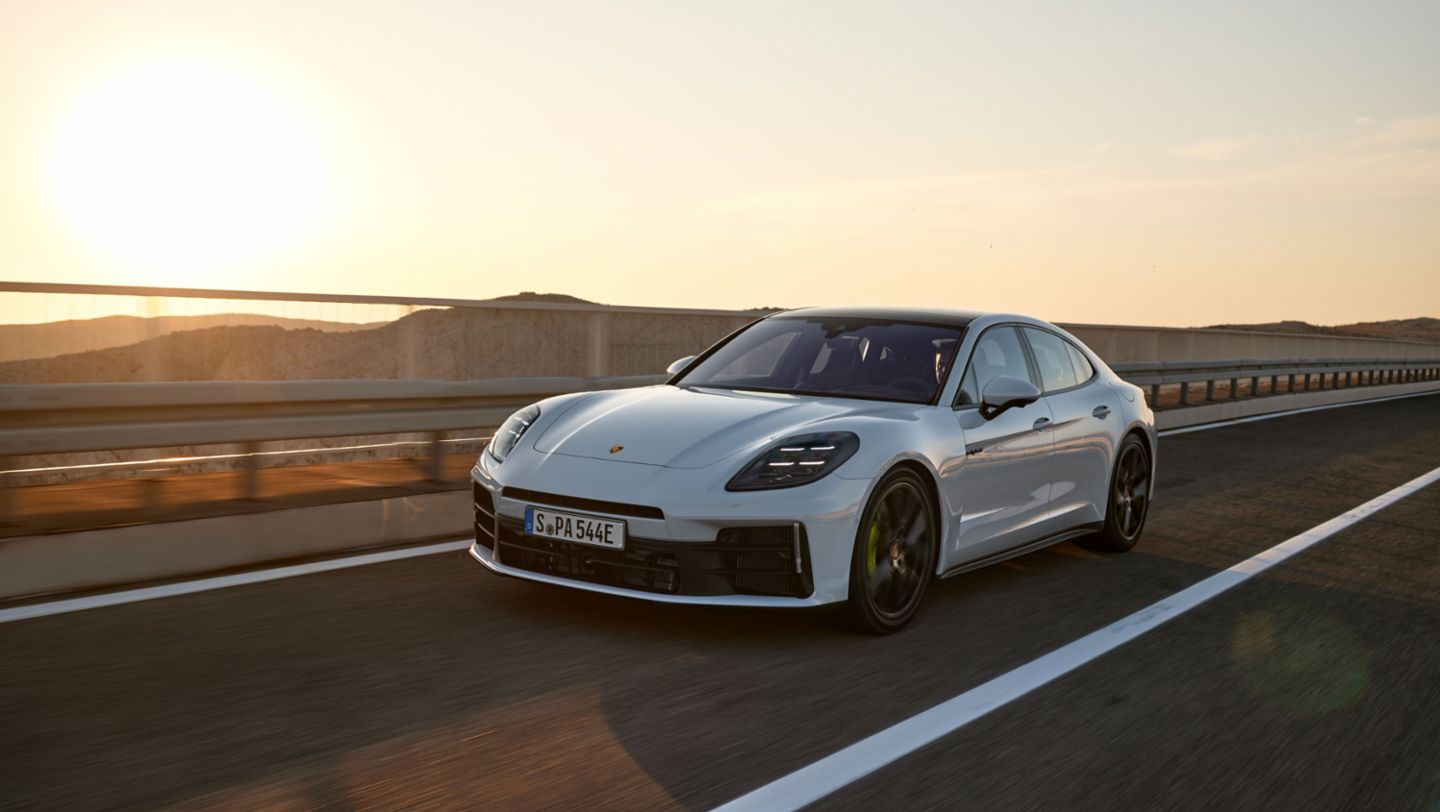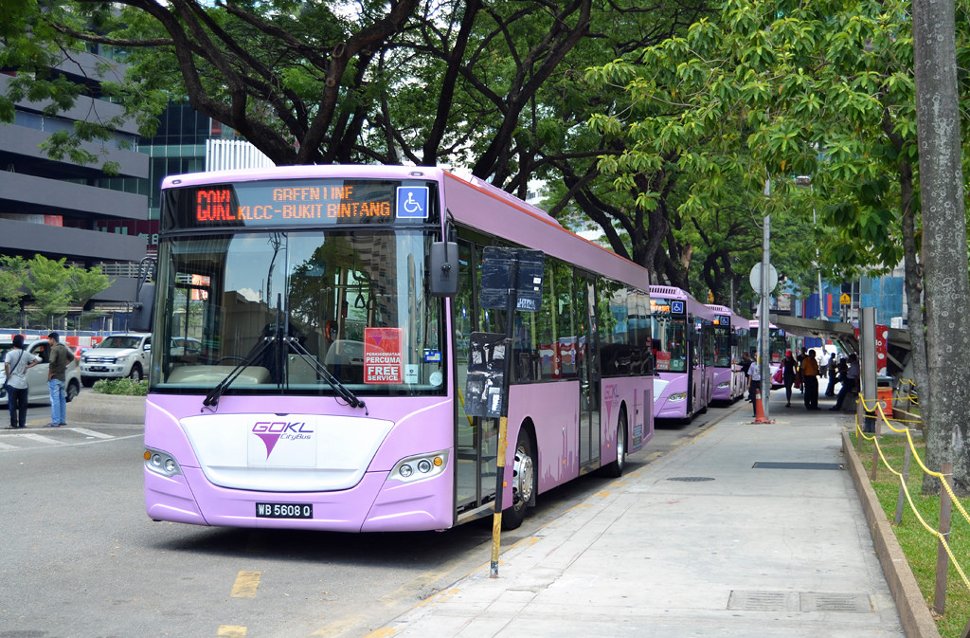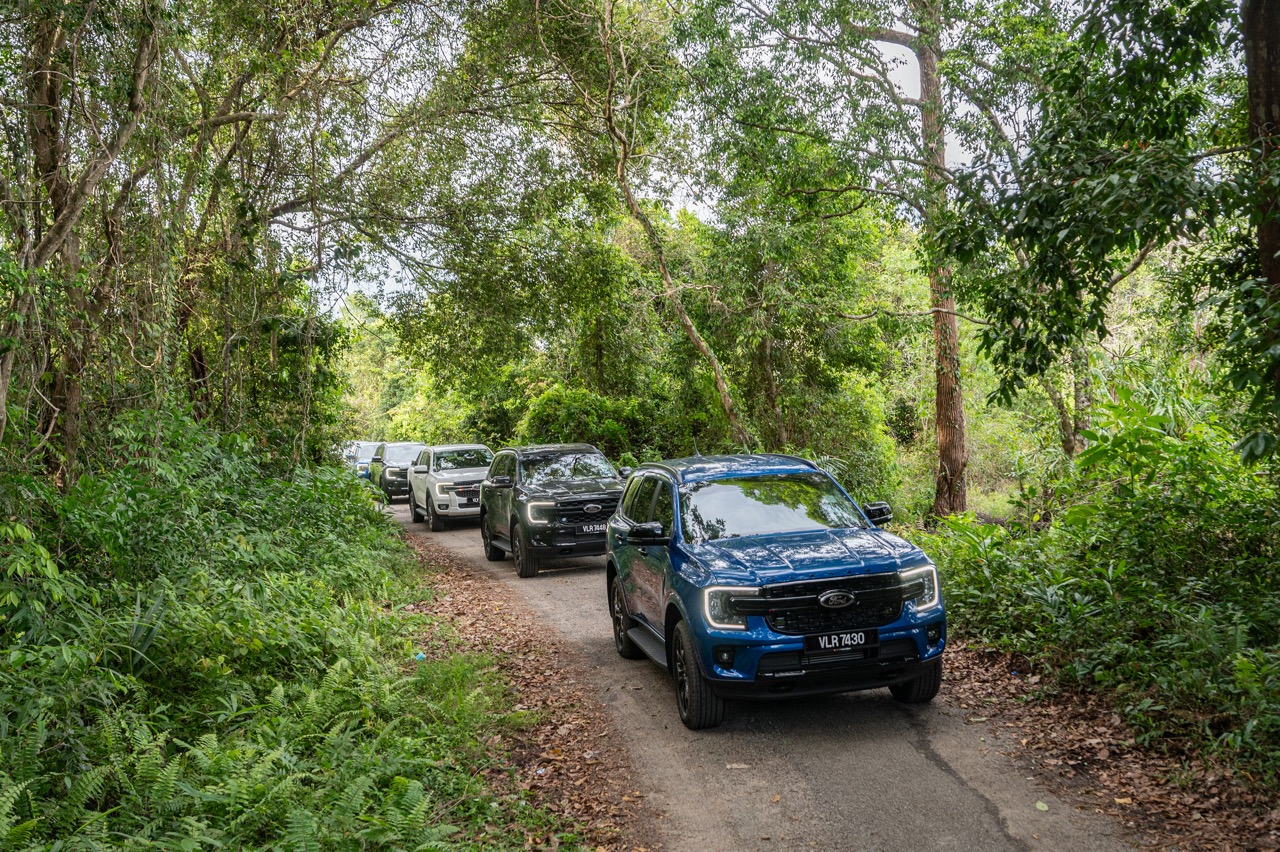
The Total Industry Volume (TIV) for 2020 was expected to be lower than the 604,281 units recorded in 2019 and in the first half of the year, many would have expected it to be significantly lower. However, with the consistently high numbers in the second half of the year, the TIV closed at 529,434 units, 12% lower than 2019 but well past the forecast of 470,000 made by the Malaysian Automotive Association (MAA).
When the year had started, the MAA had actually forecast 607,000 units for the year, but revised it substantially downwards by 23% as the seriousness of the pandemic and its impact on the industry became clear. The nationwide shutdown naturally resulted in lost sales, with April seeing the most dramatic drop to virtually zero as no business could be conducted.

When the commercial sector was progressively allowed to resume, there was some consumer hesitance but then the government came out with its PENJANA program to help the economy recover and for the auto industry, the help was in the form of sales tax exemption for 6 months (extended a further 6 months until June 2021). This would lower retail prices and Malaysians always love it when they can escape paying tax, of course. The exemption applied to both locally-assembled and CBU models, except that the exemption for the latter was half and not the full 10%. Still, it made a difference, especially for the expensive models that are mostly CBU anyway.
Proton sales increased
It was expected that the sales volumes would be lower in 2020 but Proton didn’t suffer such a decline. The carmaker already had a healthy order bank and during the year, total vehicle deliveries were 8,524 units higher than in 2019, finishing off at 108,524 units. The volume was an increase of 8.8% over the 100,821 units sold in 2019.
Perodua, in spite of a big backlog of orders, still saw a reduction in volume of 20,178 units, 8.4% lower than the 240,341 units delivered in 2019. But it still retained the No. 1 position which it has had since 2006.
Among the non-national brands, Honda was in the lead but sold almost 25,000 fewer vehicles. Next was Toyota which sold 58,501 vehicles, while Nissan reported 14,160 vehicles. For the rest of the brands, the reduction in sales volume amounted to 20,451 units.
Malaysian makes gain in market share
In terms of market share, both Malaysian makes gained at the expense of the main rivals. Reflecting its higher sales, Proton’s share rose to 20.5%, an increase of 3.9%. The last time the carmaker had a share of 20% or more was in 2013 and the years before. Perodua, in spite of less deliveries, saw a 1.8% increase in its share to just above 41%. In most years, its share has been around 30%+.
Optimistic forecast for 2021
For 2021, the MAA is forecasting 570,000 units – an increase of 100,000 units from its 2020 forecast, which is 8% higher than the actual TIV achieved. Strong growth (18%) is expected in the commercial vehicle segment which will continue to require vehicles for the various projects underway around the country. If the pandemic doesn’t worsen, the association and its members expect the high demand to continue into 2022 before settling down to a 3% rate of increase annually.
New vehicle sales in 2020 declined by 12% but exceeded 470,000-unit forecast


